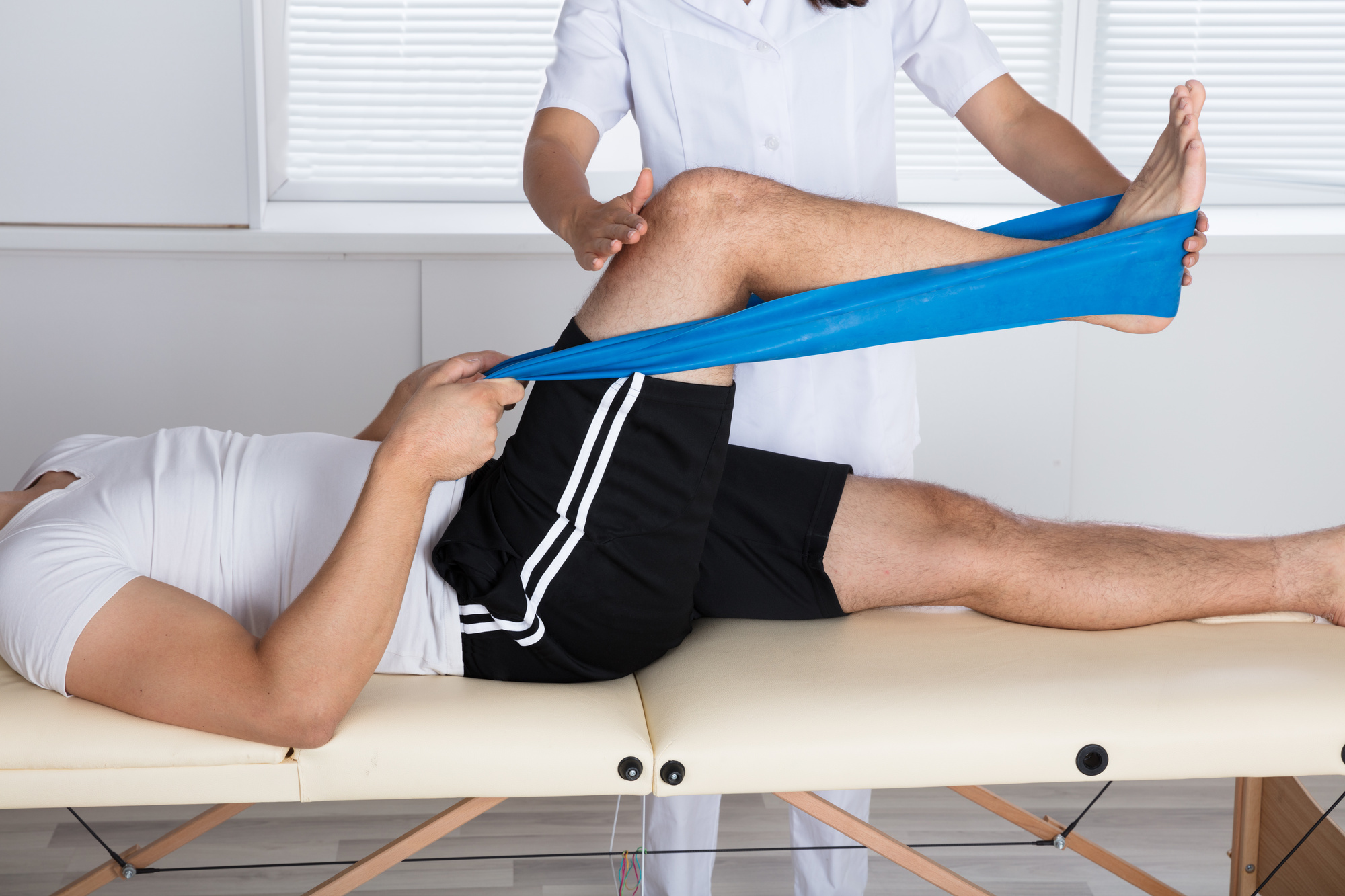Investigating the Synergistic Function of Physical Rehabilitation in Enhancing Discomfort Control Strategies
Wiki Article

Physical therapy serves a critical role in treating pain for many patients. Pain can arise from multiple conditions, such as traumas, surgeries, or chronic conditions. While medications are often used to relieve pain, they may not consistently be the most effective option due to possible side effects or addiction issues. This is where physiological therapy enters in as a supportive approach. By concentrating on movement, strength, and agility, physical therapists help clients regain function and diminish pain through specific exercises and methods.
One of the primary methods physical rehabilitation specialists use is exercise treatment. This involves particular exercises designed to fortify muscle groups, improve range of motion, and enhance overall bodily performance. For example, a client recovering from leg surgery may participate in exercises that gradually boost their range of movement and strength. These workouts not only help in reducing discomfort but also prevent subsequent injuries by promoting better mobility patterns. Additionally, physiological therapists frequently customize workout programs to satisfy the individual requirements of each patient, guaranteeing that they receive the best effective care available.
Another crucial component of physiological rehabilitation is hands-on therapy. This hands-on approach includes techniques such as manipulation, joint movement, and adjustment. Hands-on treatment can help relieve muscle tightness, enhance blood flow, and diminish discomfort. For example, a specialist may use massage techniques to alleviate tightness in the back, which can lead to substantial discomfort reduction. By tackling the root issues causing discomfort, hands-on treatment can improve the overall efficacy of pain management strategies.
Education is also a crucial aspect of physiological therapy. Physical therapists take the effort to educate patients about their conditions and the significance of keeping an engaged lifestyle. Understanding the causes of discomfort and the advantages of bodily activity can empower clients to assume control of their well-being. Specialists frequently provide advice on check out the post right here correct body mechanics and posture, which can help prevent pain from reoccurring. This informative aspect fosters a collaborative partnership between the specialist and the patient, leading to better results in discomfort management.
In summary, physiological rehabilitation serves as a valuable resource in improving pain management approaches. By integrating exercise therapy, hands-on methods, and patient instruction, physiological therapists address pain from various perspectives. This holistic approach not only helps alleviate current discomfort but also prepares patients with the understanding and tools to manage their health in the extended run. As more people look for alternatives to medication for discomfort alleviation, the importance of physical therapy will persist to grow in importance, providing hope and improved standard of living for many.